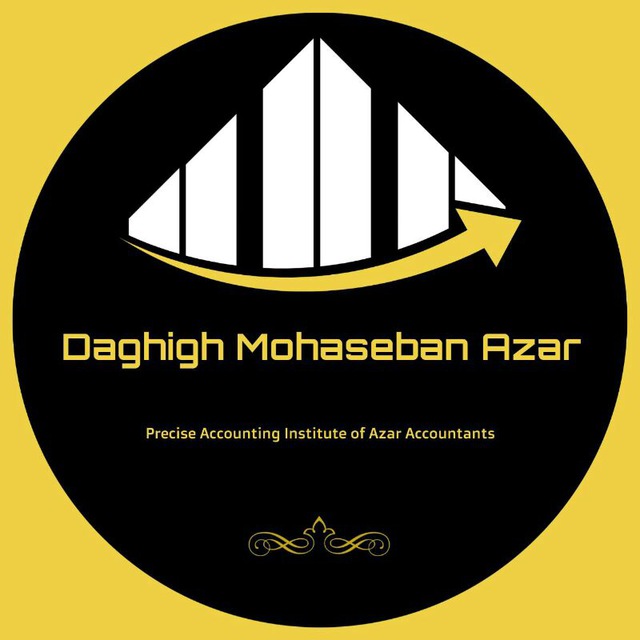1) Collecting documents and positive documents:
The meaning of the invoice is the payment receipts, bank receipts, etc.
2) Analysis of documents and positive documents:
The meaning of analysis is that of an accountant who, for example, if he has a receipt or an invoice in his hand, he thinks about how it should be done and so on.
3) Accounting document:
After the analysis, the accountant should refer to the accounting document for the relevant registrations, which is done in accounting computer software in most offices today.
4) Newspaper office:
Then it should be registered from the accounting document of the newspaper office, which is part of the legal offices. It is worth mentioning that the newspaper office is exactly the same as the accounting document.
5) General ledger:
After registering the journal, the balance of each account must be transferred to the general ledger, which is included in the form of each account.
6) specific office:
After the general ledger, any of the accounts that have cash, such as Bank Melli Saderat, should be entered in the ledger separately.
7) Balance withdrawal from general ledger accounts:
At the end of the financial year, balances should be taken from all the accounts of the general ledger.
8) trial balance:
After taking the balance from the general ledger accounts, all the accounts should be included in a special order that will be explained later in the chapter under the title of trial balance. It should be noted that the trial balance has two columns.
9) Correction of accounts:
At the end of each financial period and after creating a trial balance, a series of corrections must be made in the financial books. The main corrections are the depreciation of fixed assets, and the reserve for doubtful claims, rent and insurance costs, and salaries that have not been paid due to reasons such as the accountant’s forgetfulness. be
10) Modified trial balance:
After making the corrections, the accountant must design a trial balance that includes all the corrections, which is called the corrected trial balance.
11) Wazian’s profit statement:
The result of the activity of any company, including commercial and production services, is determined from the balance sheet, which is different in each unit.
12) Capital statement:
The capital statement is also in the order of the initial capital and then if there is reinvestment and also the withdrawal is deducted and finally the profit or loss during the financial year is added or deducted to determine the amount of capital at the end of the period. The capital statement in all commercial and production service units It is usually in one form.
13) Balance sheet:
The balance sheet is designed in two ways, which will be fully explained later. But the most important one is the T-shaped balance sheet, where the assets are listed on one side and the total liabilities and capital on the other side, which should be reconciled with each other based on The accounting equation should be equal.
14) Closing temporary accounts:
In every company, there are 2 types of accounts: permanent and temporary accounts. Temporary accounts, which are different in each unit (production and trade services), are usually closed to the profit (loss) summary account at the end of the year. be
15) Closing balance:
Before closing the permanent accounts, a list of them should be prepared in an invoice under the title of closing balance.
16) Closing permanent accounts:
After closing the temporary accounts, it is time to close the permanent accounts. The main permanent accounts include assets, liabilities and capital.
17) Opening balance in the new fiscal year:
Before opening permanent accounts in the new financial year, a list of them must be prepared in a statement under the title of opening balance.
18) Opening permanent accounts in the new financial year:
All permanent accounts (assets, liabilities, capital) are opened with an opening balance account.
This post is written by None
